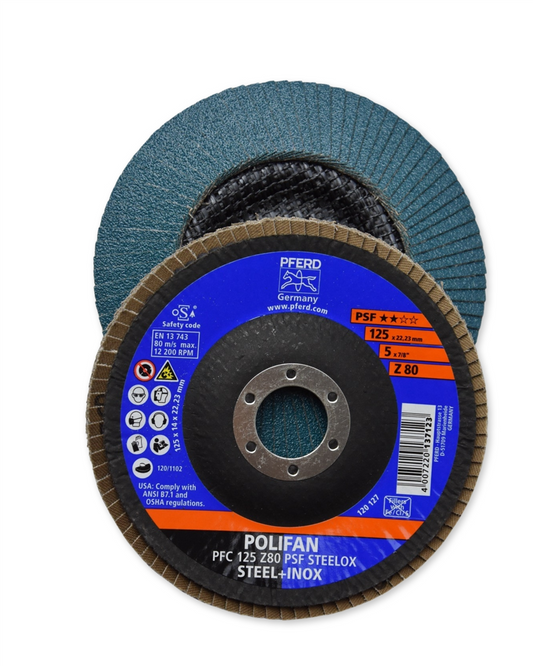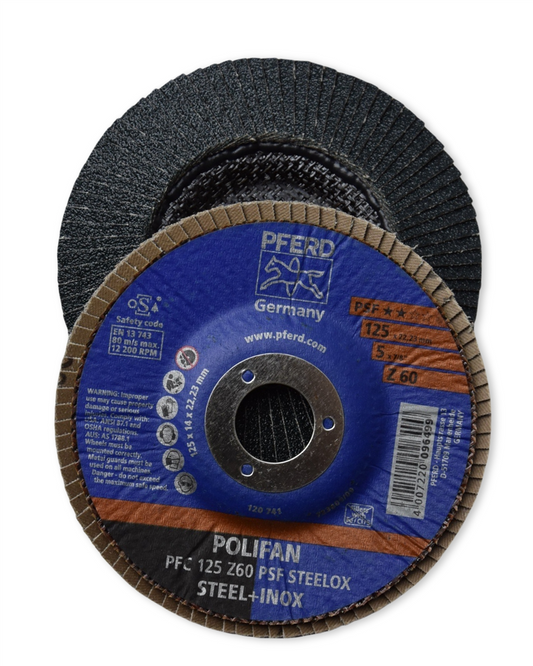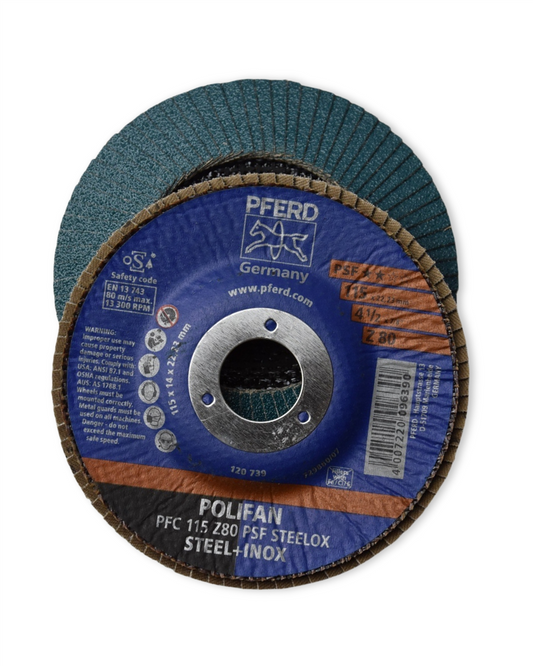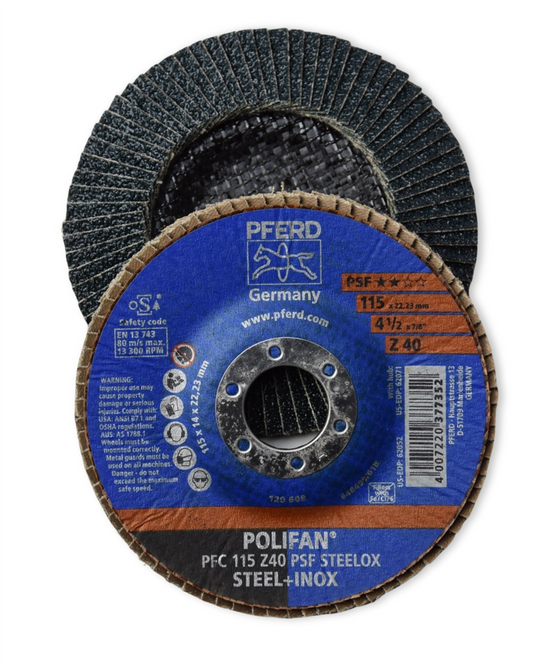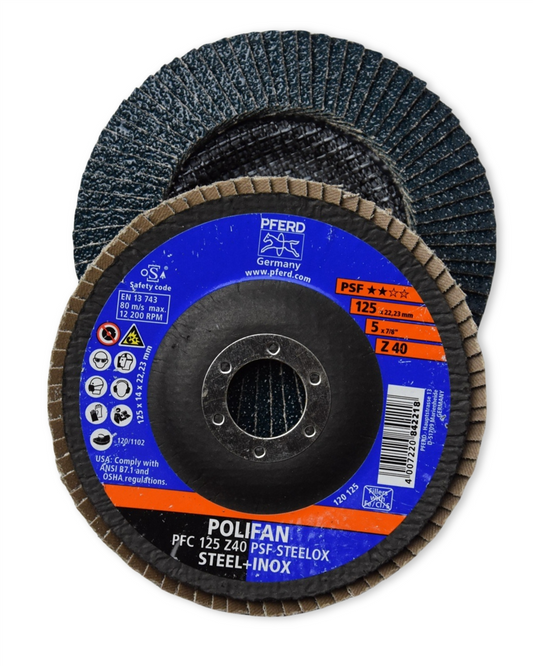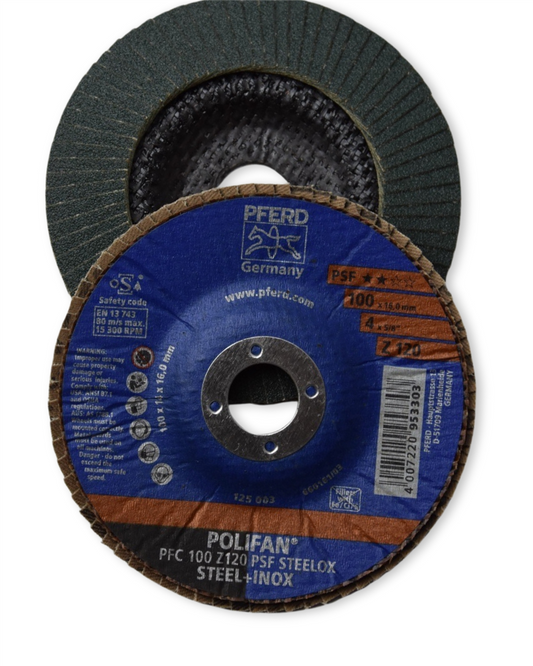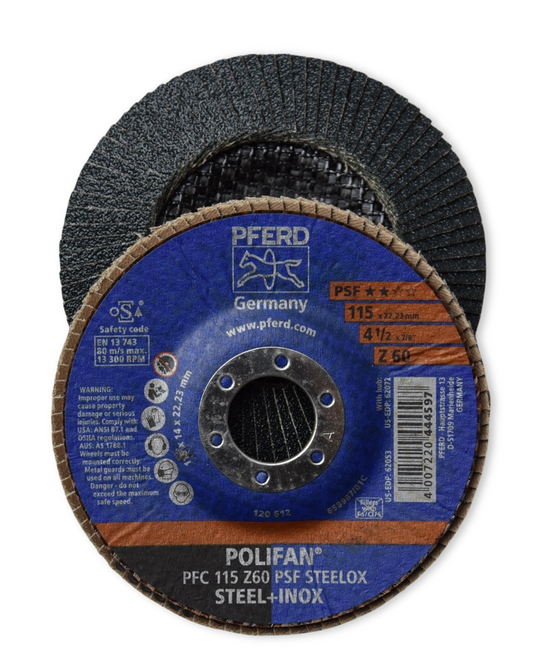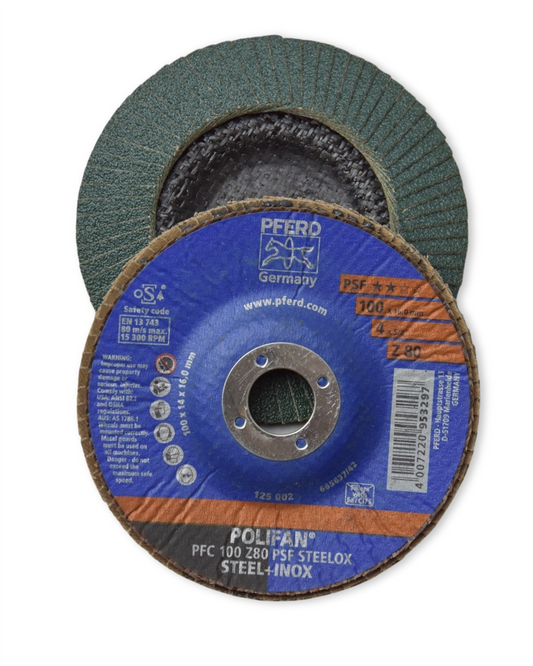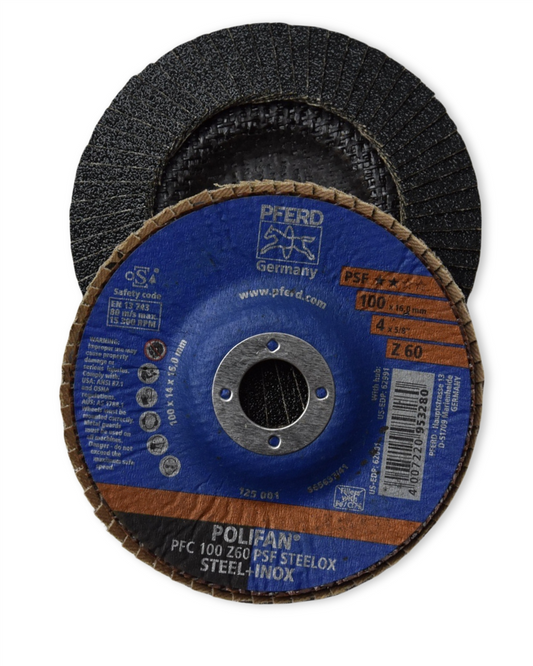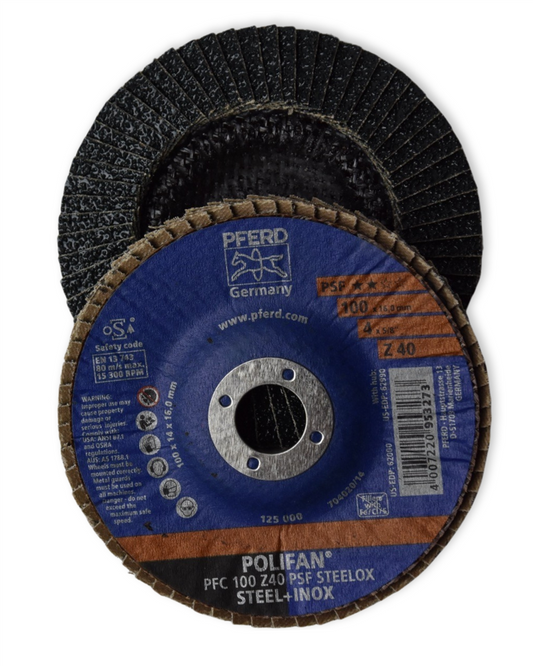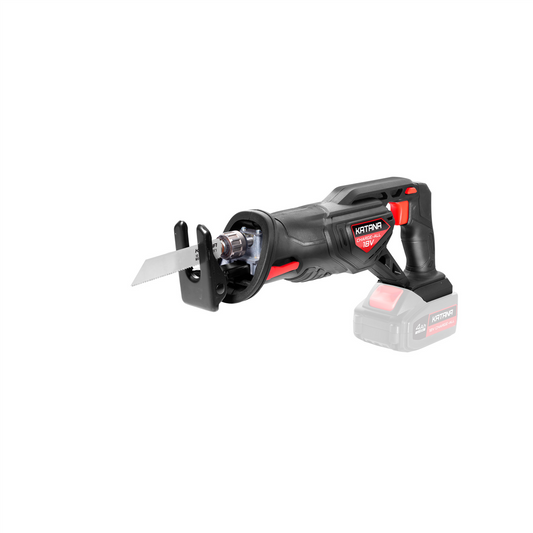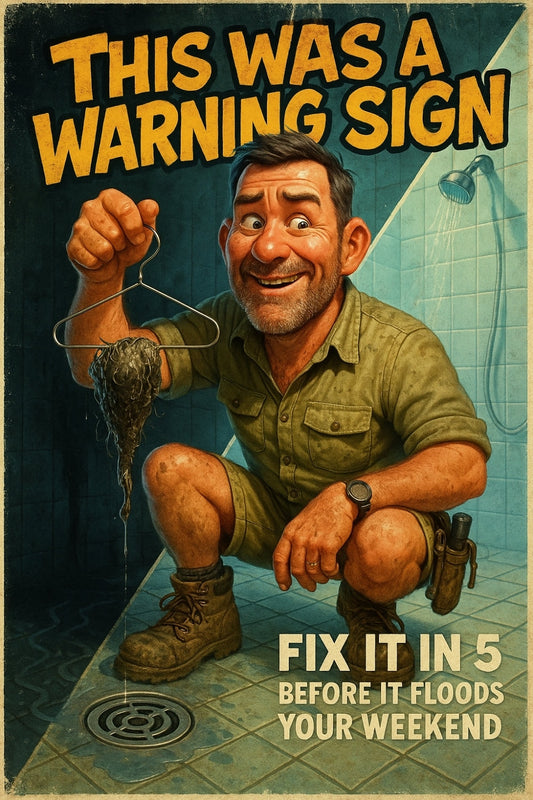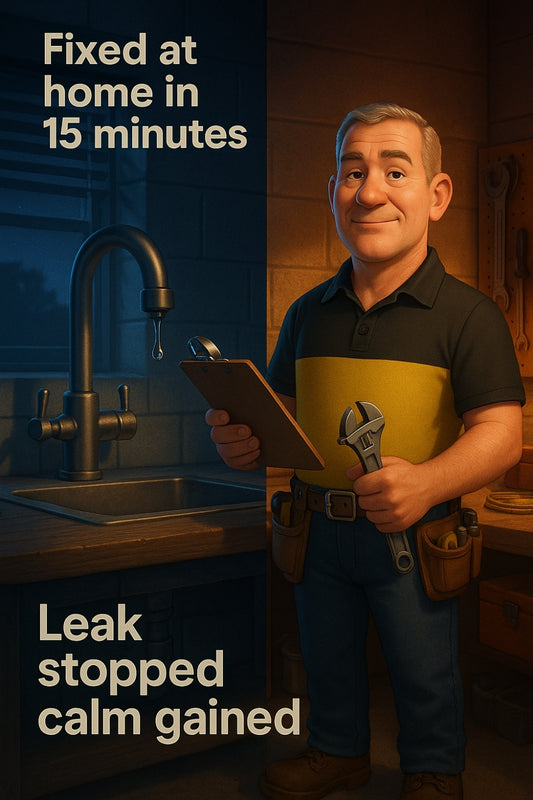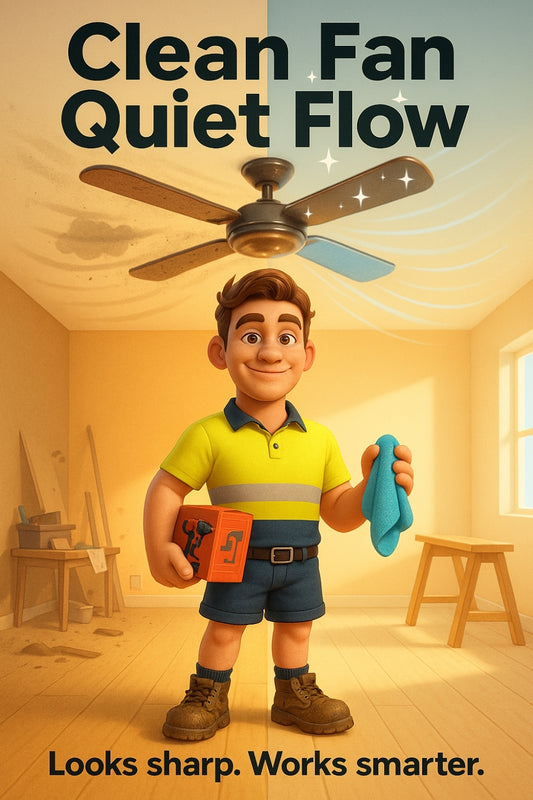Heavy frame, hollow wall? Here’s how to hang it without wrecking the plasterboard.
Share
Heavy Looks, Hollow Walls: A Safe Way to Hang What Matters Most
Hanging a hefty artwork or antique mirror on gyprock? Here’s how to make it stay put — for the long haul.
There’s a special kind of heartbreak when a beloved mirror or family-framed photo crashes down onto a tiled floor. A cracked frame, shattered glass, a hard-earned memory lost to gravity. And nine times out of ten, the culprit? A screw jammed into plain plasterboard, with all the confidence of a toddler slapping stickers on a fridge.
Gyprock (or plasterboard) is a common and affordable wall lining — but let’s be honest, it’s not built like a brick dunny. The surface looks solid, but it can crumble faster than a biccie in tea when overloaded. So when you’ve got a heavy frame, mirror, or feature piece ready to hang — you’ve got to outsmart the hollow wall.
“Think of it like putting a hook in fairy floss — unless you hit something solid underneath, it’s not going to hold.”
— Candeece
Why Regular Screws or Nails Aren’t Enough
Gyprock is made of compressed gypsum between layers of paper. It’s surprisingly sturdy for everyday life — but it doesn’t have enough internal strength to hold serious weight without support. A standard nail or wall screw might work for a lightweight print, but push it past 5–10kg and you’re rolling the dice.
And here’s the wild part — it’s not just about the weight. It’s also about how that weight pulls on the wall. Heavy mirrors often lean forward or get bumped by kids (or wagging tails), amping up the strain.
The Best Fixings for Hanging Heavy Items on Plasterboard
This is where your hardware choices make all the difference. Here are three options that give you strength and security without needing to rip off the plaster and rebuild:
1. Locate the Stud and Go Direct
If you can line up the item with a wall stud (the timber frame behind the plasterboard), you’re laughing. Use a stud finder or light tapping with a knuckle to locate the denser thud of the timber.
- Use wood screws straight into the stud
- Holds serious weight easily (often over 20kg)
- Secure and durable, ideal for long-term hangs
Downside: Studs could be off-centre from where you want your piece, especially for wide items.
2. Use Specific Hollow Wall Anchors
For when studs aren’t where you need them, hollow wall anchors are your heroes. These are designed to expand or lock behind the gyprock, giving them grip where there’s no timber.
- Toggle bolts: Metal wings open once inserted, spreading the load widely behind the wall.
- Molly (Butterfly) bolts: Metal sleeves that expand inside the wall as you screw in, creating a firm bite.
- Plasterboard anchors: Plastic or metal self-drilling screws with strong threads. Good for mid-weight loads.
Just remember: every type will have limits, so check the rating and use two anchors if needed to share the weight evenly.
3. French Cleats or Rail Systems
This is the grown-up method for large art or heavy mirrors. A French cleat is a two-part hanging system — one part fixed to the wall, one to your item, and they lock together like puzzle pieces. Many professional framers and gallery installers swear by this method.
- Weight is spread across a wider area
- Piece sits flush to the wall
- Easy to remove for cleaning
Combine these with stud-finding or proper anchors, and you’ve got museum-grade security at home.
Prepping the Wall: Don’t Skip the Setup
Before you even think about drilling holes, do these three things:
- Weigh the item realistically: Use a basic scale if needed. Don’t guess.
- Plan your position: Use painter’s tape to map it out. This helps you find stud alignment too.
- Protect the wall and floor: Lay down a drop sheet and tape cardboard under the work zone. Less mess, fewer regrets.
Safety Tips That Save Broken Glass and Toes
- Always wear eye protection when drilling into walls — debris and plaster dust are no joke.
- Check for wires and pipes using a wall scanner before drilling — especially near power points.
- If in doubt, ask someone at your local hardware store before buying fasteners. They’ll know your area’s wall types and standard hanger sizes.
What If You Rent or Can’t Damage the Wall?
Temporary hooks are no match for hefty frames — but all’s not lost. Try leaning large mirrors or art on a secured base (like a console table anchored to a stud). Floor-standing easels can carry vintage windows or fancy prints without touching the wall. Creative styling never goes out of fashion.
Final Thoughts: More than Just Keeping It Upright
You’ve picked the perfect print or scored the op-shop mirror of your dreams. You’re not just hanging it — you’re framing a piece of your life. So it deserves more than a guesswork screw and crossed fingers.
Getting it right the first time saves you the heartache (and clean-up) later. It’s not rocket science — but it is a small project worth doing properly. With a few clever fixings and a bit of preparation, you’ll create a home that not only looks good, but holds strong through whatever life throws its way — footy balls, kids’ cartwheels, and all.
Happy hanging,
Candeece

Stay Connected
Follow our Facebook Page: Strathalbyn H Hardware on Facebook

